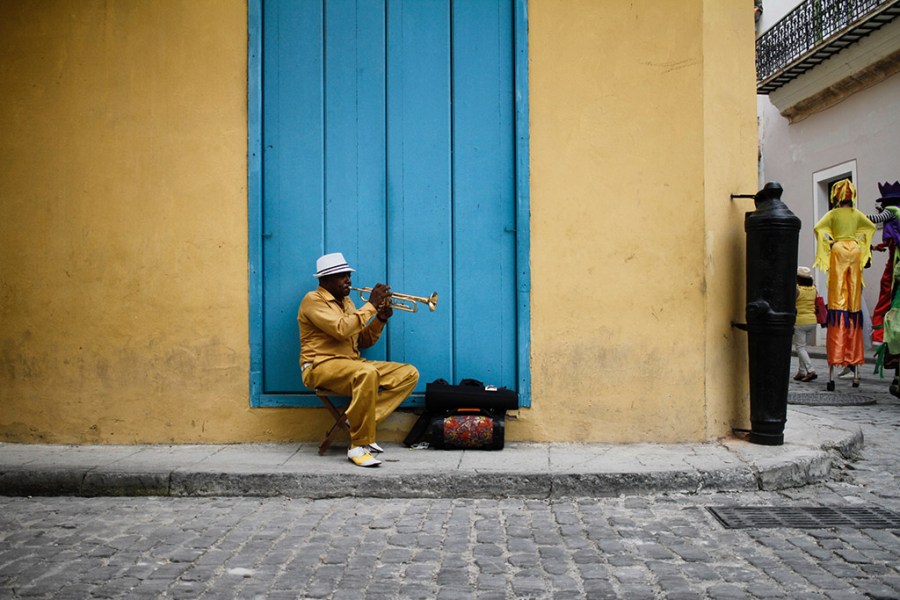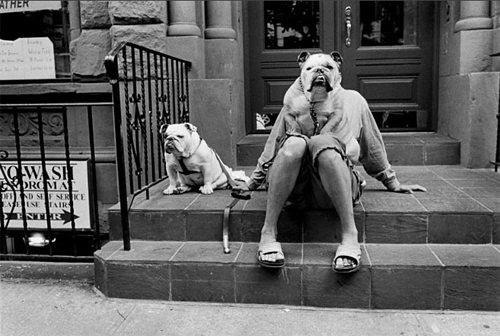The Main Principles Of Street Photographers
The Main Principles Of Street Photographers
Blog Article
A Biased View of Street Photographers
Table of ContentsThe 5-Second Trick For Street PhotographersGetting My Street Photographers To WorkSome Of Street PhotographersThe 8-Minute Rule for Street PhotographersWhat Does Street Photographers Do?
, a style of photography that records everyday life in a public area. The actual publicness of the setting makes it possible for the photographer to take honest photos of strangers, commonly without their understanding. Street photographers do not always have a social purpose in mind, yet they like to isolate and catch moments which could otherwise go unnoticed.He was affected by numerous of those that influenced the street digital photographers of the 1950s and '60s, he was not primarily interested in catching the spirit of the road. The impulse to aesthetically document people in public started with 19th-century painters such as Edgar Degas, douard Manet, and Henri de Toulouse-Lautrec, that worked side by side with digital photographers attempting to capture the essence of urban life.
Due to the relatively primitive innovation readily available to him and the long direct exposure time needed, he had a hard time to record the pressure of the Paris roads. He experimented with a series of photographic approaches, trying to locate one that would enable him to record activity without a blur, and he located some success with the calotype, patented in 1841 by William Henry Fox Talbot. While the professional photographers' topic was essentially the very same, the results were considerably different, showing the effect of the professional photographer's intent on the character of the images he produced.
Getting My Street Photographers To Work
Offered the fine high quality of his pictures and the breadth of material, designers and musicians frequently acquired Atget's prints to utilize as referral for their own work, though business interests were barely his primary inspiration. Instead, he was driven to picture every last residue of the Paris he liked.

Unlike his peers, Brassa made use of a larger-format Voigtlnder video camera with a much longer direct exposure time, forcing him to be more calculated and thoughtful in his method than he could have been if using a Leica.

Excitement About Street Photographers
It is as a result of this essential understanding of the art of image taking that he is frequently attributed with uncovering the tool throughout again roughly a century since its invention. He took pictures for even more than a half century and influenced generations of photographers to trust their eye and instinct in Homepage the minute.
These are the inquiries I shall try to respond to: And after that I'll leave you with my own meaning of street photography. Yes, we do. Let's kick off with defining what a definition is: According to it is: "The act of defining, or of making something certain, distinctive, or clear".
No, definitely not. The term is both limiting and misguiding. Appears like a street photography should be photos of a streets appropriate?! And all street professional photographers, besides a handful of outright beginners, will fully value that a road is not the vital element to street photography, and in fact if it's an image of a road with possibly a few dull people not doing anything of interest, that's not road digital photography that's a photo of a road.
Some Of Street Photographers
He makes a legitimate factor don't you assume? Nonetheless, while I agree with him I'm not certain "candid public digital photography" will catch on (although I his comment is here do type of like the term "candid digital photography") because "road photography" has been around for a lengthy time, with numerous masters' names affixed to it, so I think the term is below to stay.
Inside?! I hear you scream as you tremble your fist to the sky. Why not? You can contend the coastline, at a celebration, in an alley, in a park, in a piazza, in a cafe, at a museum or art gallery, in a city terminal, at an event, on a bridge, under a bridge ...
Yes, I'm afraid More hints we have no option! Without guidelines we can not have a definition, and without an interpretation we don't have a style, and without a genre we do not have anything to define what we do, therefore we are stuck in a "rules interpretation category" loophole! And no-one intends to get stuck in a loophole. - Street Photographers

Report this page